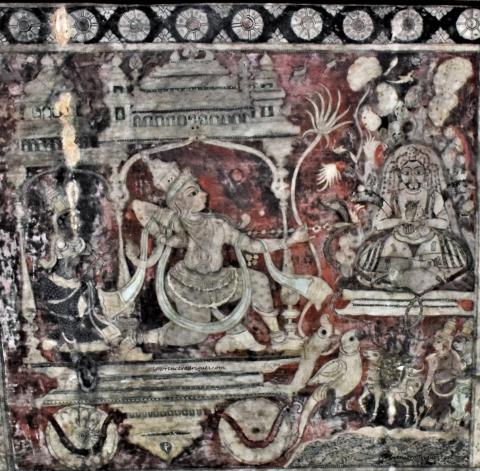
continued from the previous part...
Though Manmatha avoided Śiva ’s glance, he has placed himself in a convenient position, such that Śiva was visible to him. He observes Śiva, whose costumes (āhārya), bodily features (āṅgika) and mental frame-work (sāttvika) are absolutely orthogonal to his own. [The next set of verses have been beautiful treated by Shatavadhani Dr. R Ganesh ins his talks and his article on the cinematography in Kumārasambhava...
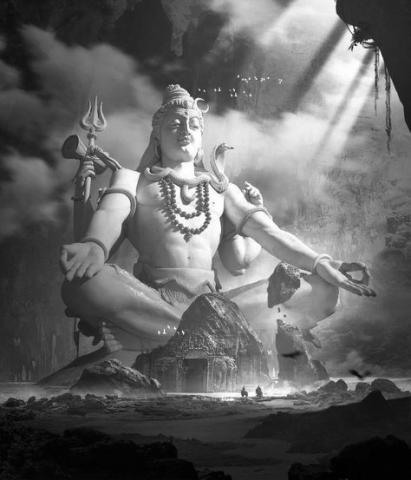
The next verse in the third sarga of the Kumārasambhavam is yet another instance where the poet takes the opportunity to personify nature and superimpose elements of abhinaya on it.
पर्याप्तपुष्पस्तबकस्तनाभ्यः स्फुरत्प्रवालोष्ठमनोहराभ्यः ।
लतावधूभ्यस्तरवोऽप्यवापुर्विनम्रशाखाभुजबन्धनानि ॥ 3.39
The creeper-wives of the trees tightly hugged (āṅgika) the trees with their hands made of tender leaves. The lips of these heroines are the red sprouts...
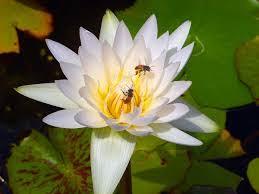
बालेन्दुवक्राण्यविकाशभावाद्बभुः पलाशान्यतिलोहितानि ।
सद्यो वसन्तेन समागतानां नखक्षतानीव वनस्थलीनाम् ॥ 3.29
The poet continues to paint the āhārya with a similar technique as in the verses so far. However, here, he brings in a potential vibhāva on the ‘face’ of the spring-heroine (madhuśrīḥ). It can be seen here that while personifying an abstract entity like the Spring season, its gender can be adjusted as the imagery might demand. The poet...
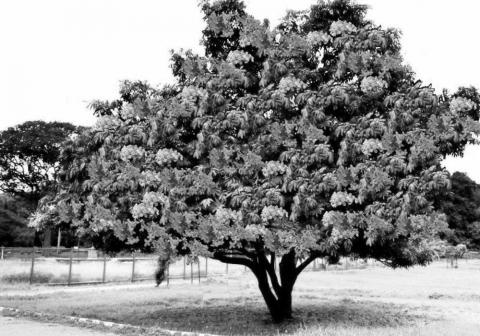
Manmatha continues to boast of his own skills in the pretext of praising his master:
तव प्रसादात्कुसुमायुधोऽपि सहायमेकं मधुमेव लब्ध्वा।
कुर्यां हरस्यापि पिनाकपाणेर्धैर्यच्युतिं के मम धन्विनोऽन्ये ॥ 3.10
In the words of Manmatha, the poet contrasts the āhārya of Śiva and Manmatha - while the former possesses the bow Pināka, the latter has flowers for his weapons. Manmatha even says that only Madhu – the embodiment of the Spring Season is...
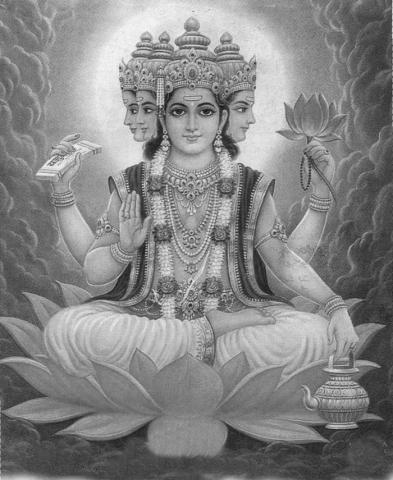
As the devatas had even lost their voice to give words to their trouble, Indra, their leader gets into action; and his action is merely to reverentially pass on the responsibility to his Guru Bṛhaspati. He does so only with a gentle and slow movement of all his hundred eyes towards the Guru. He does not have words to speak to Brahmā or to the Guru. Bṛhaspati, who is known to have mastered language can at least attempt to express their unified...

Sagra 2
The second sagra of Kumārasambhava starts with the devas going to Brahmā seeking his help in vanquishing the demon Tārakāsura.
In the verse 2.2, the poet achieves multiple purposes. While in nāṭya, it would be easy to see how many devas went to the abode of Brahmā and who they were, just with them entering on the stage, this has to be achieved by poet through words. He says that the group of devas was like a pond filled with lotuses....
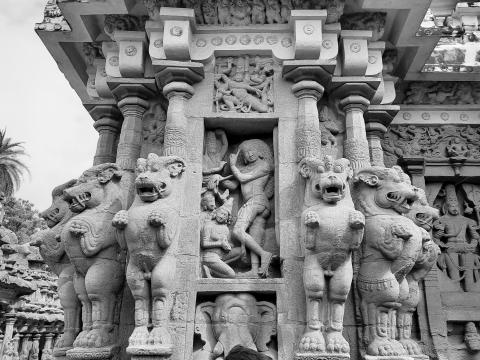
The Birth and Growth of Pārvatī
In the next segment of the sarga, the nāyikā of the epic, Pārvatī is born and grows up. The poet employs nineteen verses (31 to 49) just to establish the physical features of Pārvatī. In nāṭya, this can be portrayed with relative ease, if an actor with the specific characteristics enters the stage clad in appropriate costumes. In nṛtya, on the other hand, especially in the case of ekāhārya and ekahārya modes of...

Kālidāsa designs his epic poem as though to bring out the philosophical journey first from the wholly material to the absolutely spiritual. The poem then tapers back to the material, but now bolstered by the spiritual. In other words, the poem begins with the most expansive elements of animated āhārya, moves on to the finer and personal elements of āhārya, proceeds into highs and lows of āṅgika and vācika and culminates in sāttvika. Bolstered by...
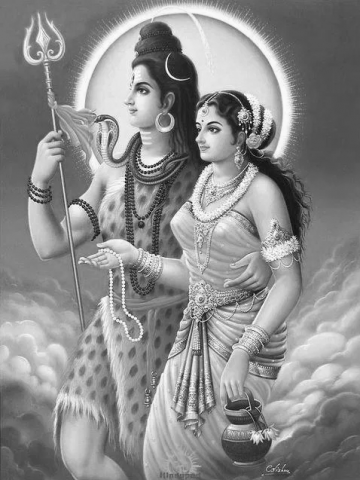
The current series of articles attempts to examine the merits and difficulties in bringing Caturvidhābhinaya in classical literature. The epic poems, i.e., the mahākāvyas of Kālidāsa have stood the test of time and are known for their rich content, magnificent plots, impactful modes of expression and profound spirit. The Kumārasambhava, though smaller among the two mahākāvyas of Kālidāsa, gives aesthetic delight in a concentrated form in a...
